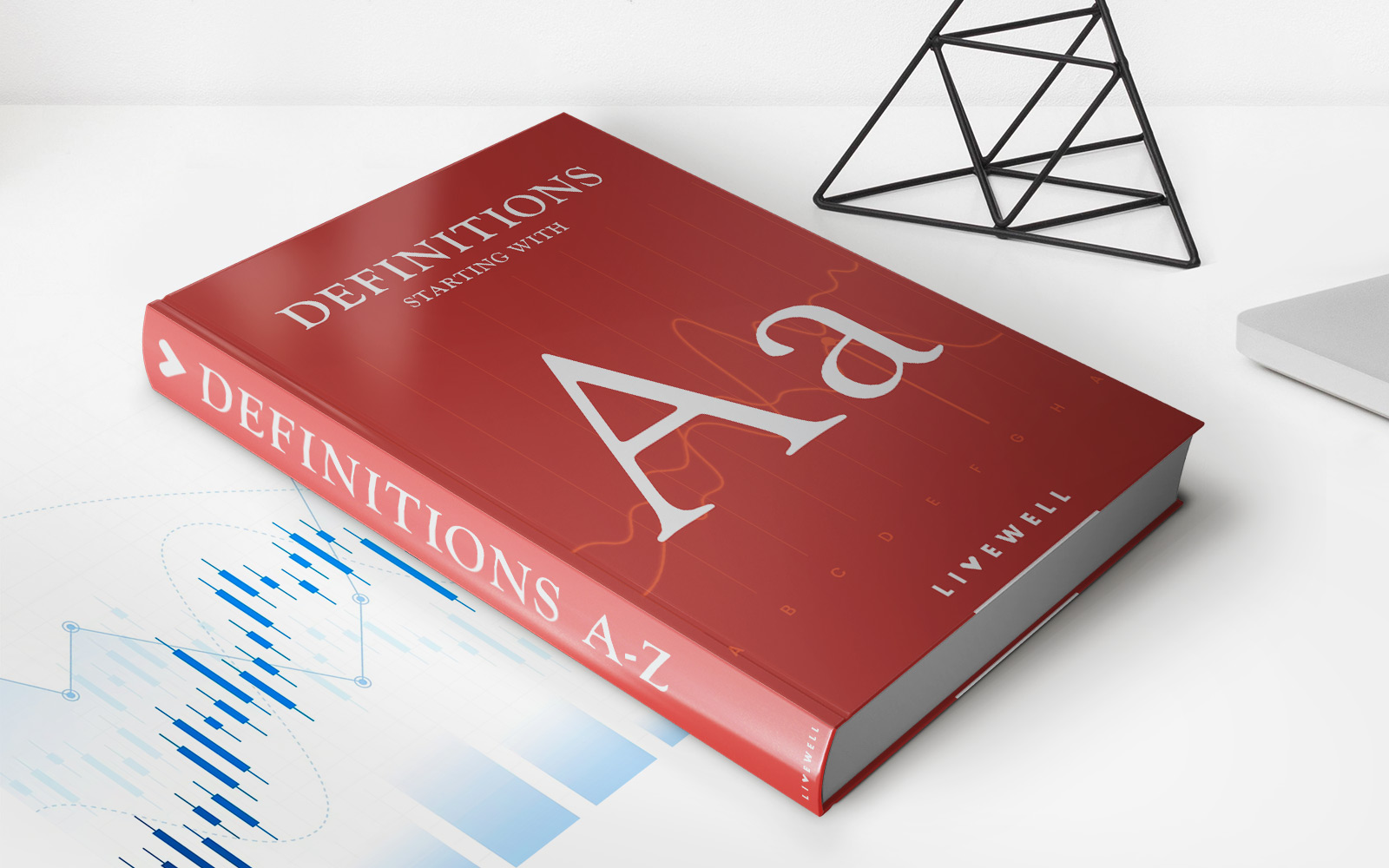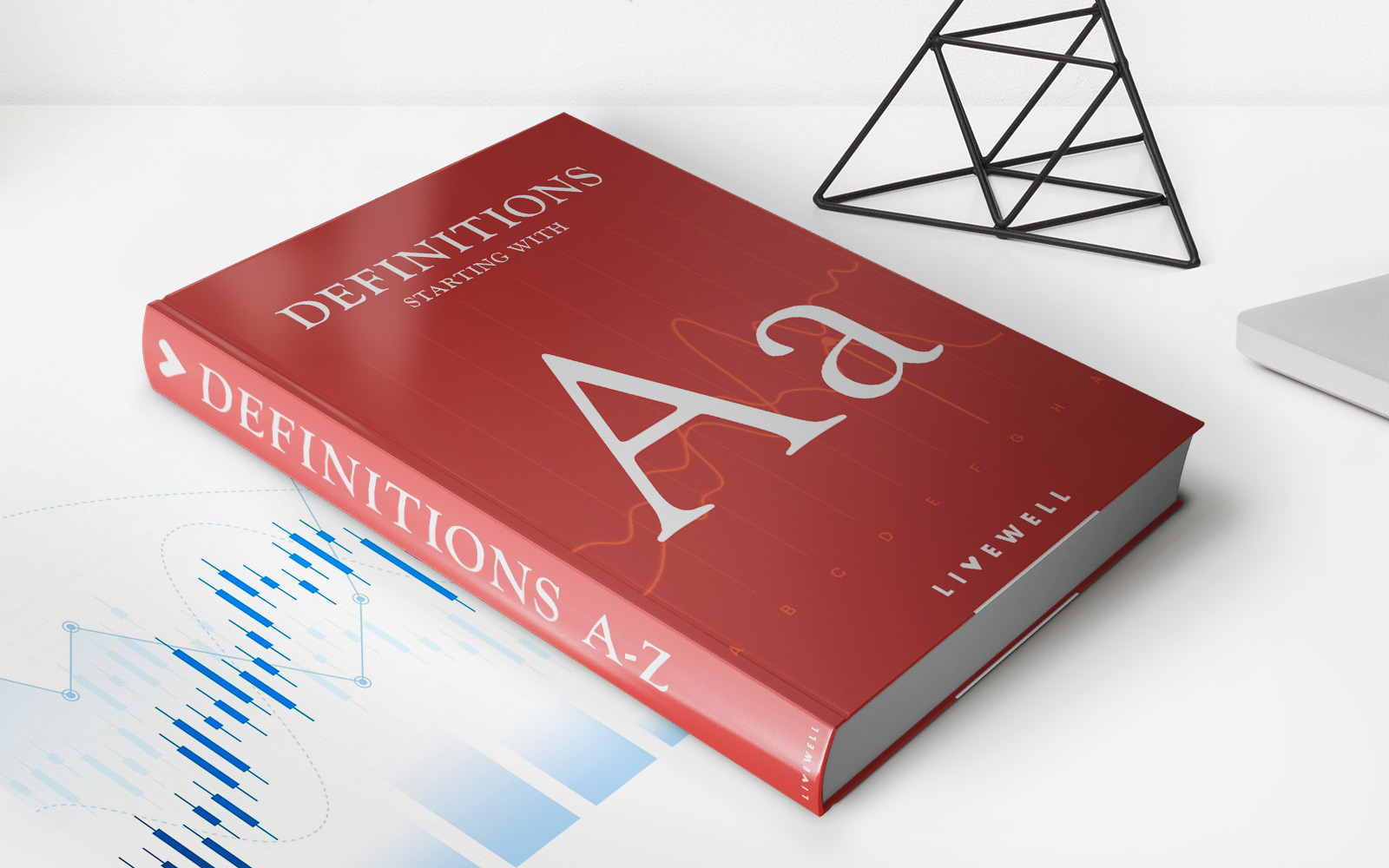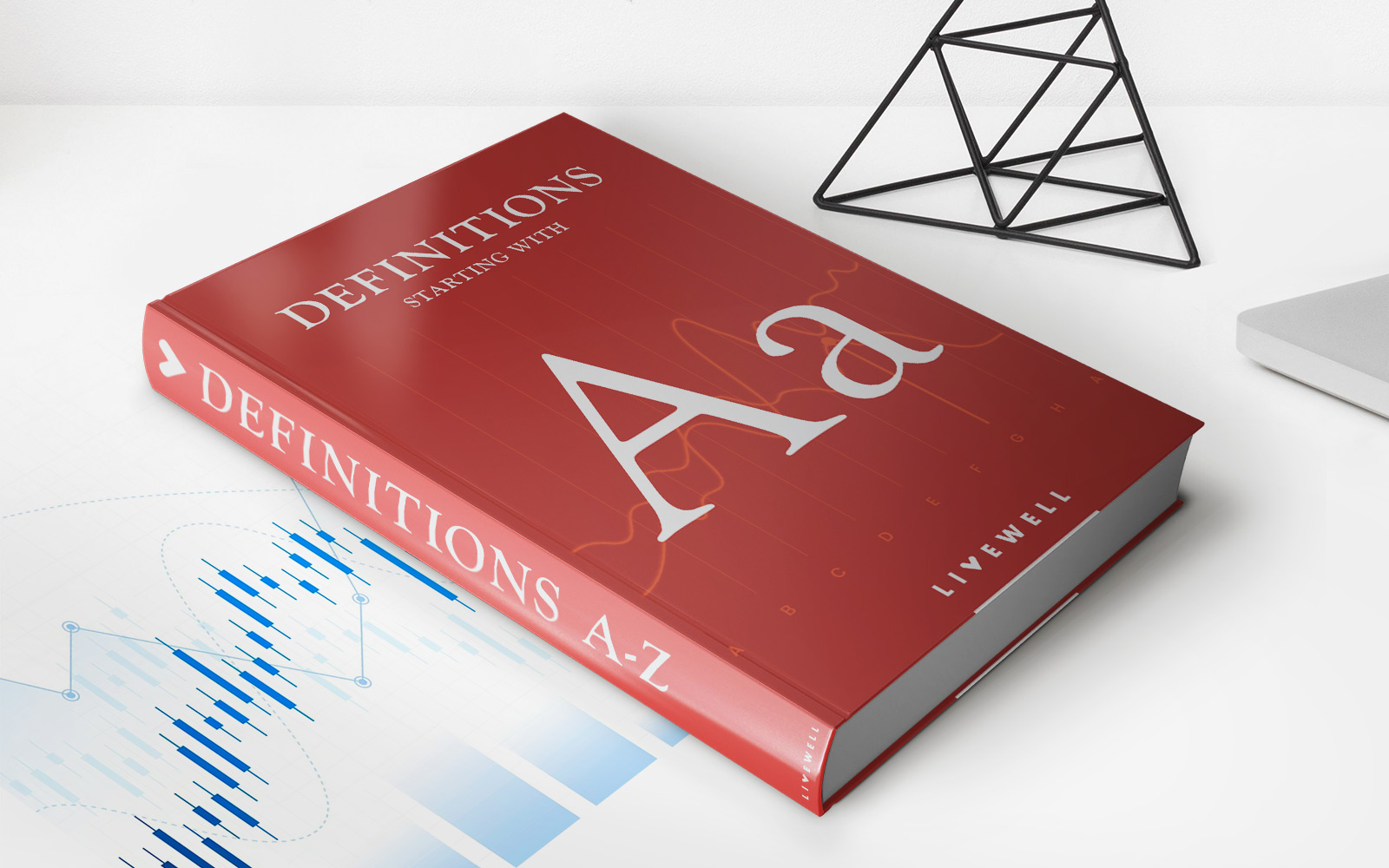Home>Finance>Know Sure Thing (KST) Definition, Calculation, Example


Finance
Know Sure Thing (KST) Definition, Calculation, Example
Published: December 15, 2023
Learn the definition, calculation, and examples of Know Sure Thing (KST) in finance. Understand how to use this technical analysis indicator to make informed financial decisions.
(Many of the links in this article redirect to a specific reviewed product. Your purchase of these products through affiliate links helps to generate commission for LiveWell, at no extra cost. Learn more)
Know Sure Thing (KST) – Definition, Calculation, Example
Welcome to another informative blog post in our “FINANCE” category. In today’s post, we will be exploring the concept of Know Sure Thing (KST) – what it is, how it is calculated, and provide an example to help you better understand this powerful indicator used in financial analysis. So, let’s dive right in!
Key Takeaways:
- Know Sure Thing (KST) is a technical indicator used to analyze the momentum and trend strength of a security or market.
- It combines multiple moving averages of different timeframes to generate a single line that represents the trend direction and momentum.
Understanding Know Sure Thing (KST)
Know Sure Thing (KST) is a popular technical indicator used by traders and investors to understand the momentum and trend strength of a security or market. It is a versatile tool that can be applied to various financial instruments, including stocks, indices, commodities, and currencies.
The KST indicator combines four different exponential moving averages (EMAs) of varying timeframes to generate a single line that oscillates around a zero line. By using multiple moving averages, the KST attempts to filter out noise and provide a clearer view of the underlying trend.
Calculation of the KST involves the following steps:
- Choose four different periods of exponential moving averages (e.g., 10, 15, 20, and 30).
- Calculate the rate of change (ROC) for each moving average.
- Apply different weights to the ROC values and sum them up to obtain the KST line.
- Plot the KST line on a chart.
Once the KST line is plotted, traders can use it to identify trend reversals, confirm trend direction, and spot potential entry or exit points. When the KST line crosses above the zero line, it indicates a bullish trend, while a crossing below the zero line suggests a bearish trend.
Example of Know Sure Thing (KST)
Let’s say you are analyzing the stock of XYZ Company and want to assess its momentum and trend strength using the KST indicator. After calculating the KST values, you plot the KST line on a chart and observe the following:
- The KST line has crossed above the zero line, indicating a potential bullish trend reversal.
- The KST line is rising sharply, suggesting strong momentum in favor of the bullish trend.
Based on this information, you might consider buying the stock as it shows favorable technical indications for an upward move. However, it is crucial to perform further analysis and consider other factors before making any investment decisions.
In Conclusion
Know Sure Thing (KST) is a valuable tool for traders and investors in assessing the momentum and trend strength of securities or markets. By combining multiple moving averages, it provides a clear picture of the underlying trend and helps identify potential entry and exit points.
Remember, the KST indicator should not be used in isolation but should be utilized as part of a comprehensive trading or investing strategy. It is always recommended to combine technical analysis with fundamental analysis and risk management techniques to make informed financial decisions.
We hope you found this post helpful in understanding the Know Sure Thing (KST) indicator. Stay tuned for more informative articles in our “FINANCE” category!














